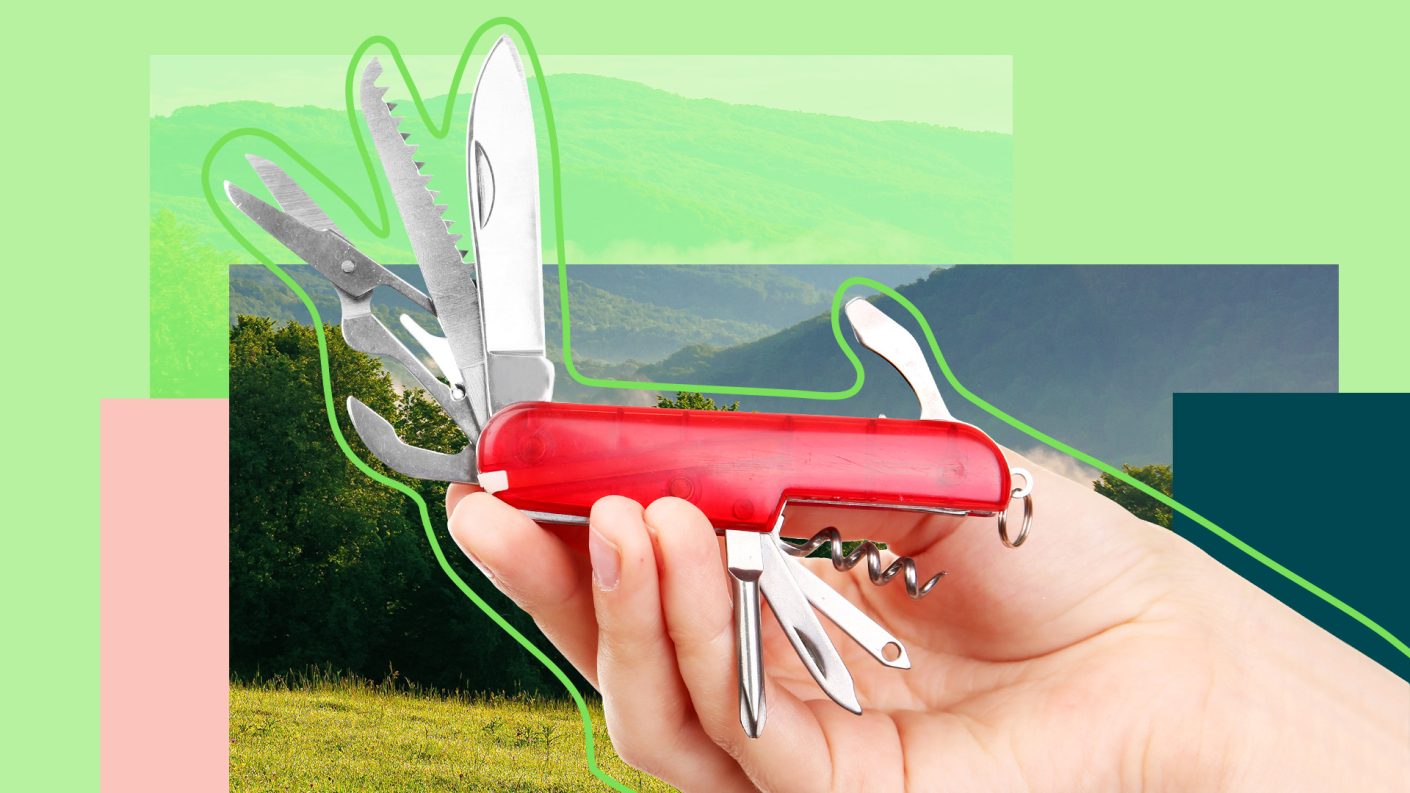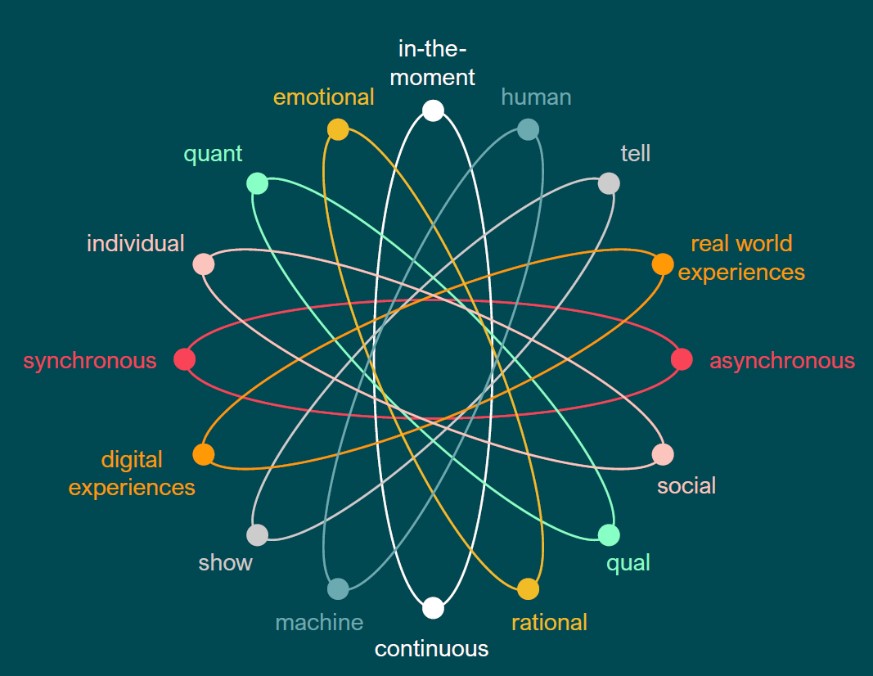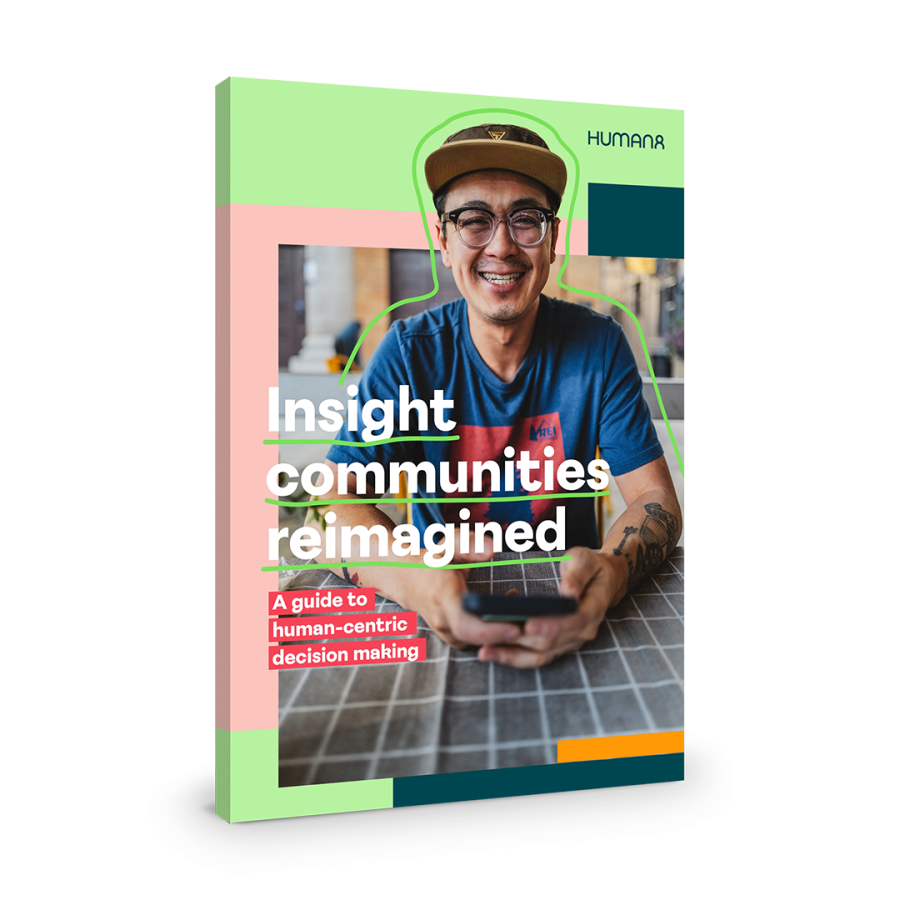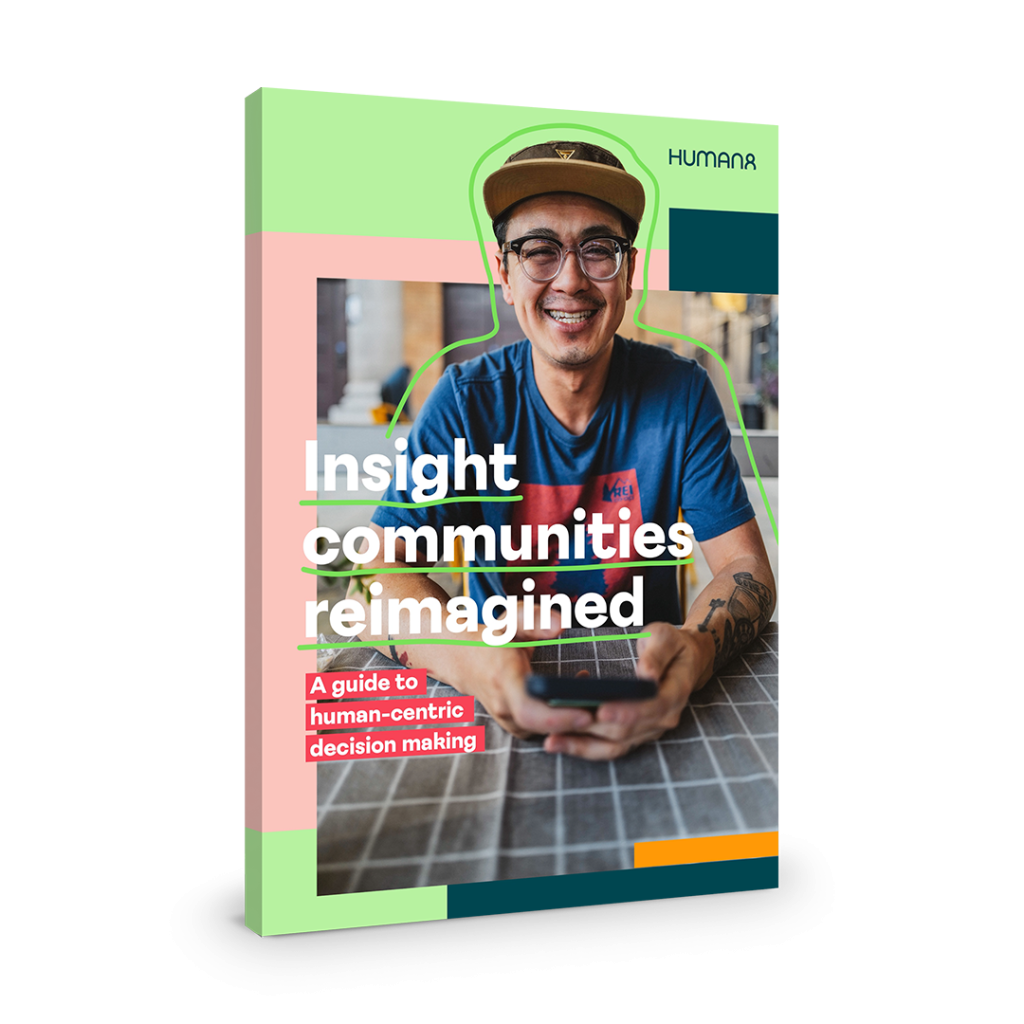Blog
Your community: the Swiss Army Knife of research
How communities combine so called research paradoxes in one hybrid philosophy.


Angie Deceuninck
07 June 2023
4 min read
Too often, the marketing research industry tends to think in paradoxes. Take the common question: are you a ‘qual’ or a ‘quant’ person? Or the many choices you need to make when setting up a research project. Shall we go for an asynchronous OR a synchronous approach, individual OR social techniques, capturing emotions OR facts, … Our insight communities have grown from an online qual technique to an all-round research hub, removing many of these common paradoxes. We have embraced what researchers call, the ‘paradox mindset’, or how thinking about apparent contradictions sparks creativity, efficiency and innovation. Running online insight communities is thus not an ‘OR story’ for us, but an ‘AND story’. In this blogpost, we zoom in on five research paradoxes and how we marry them in one hybrid philosophy.

Quant AND qual
Research communities provide a rich contextual understanding of human needs and behaviour, uncovering the human behind the consumer. But next to this deep human understanding, it’s equally important to validate findings. Take the example of Samsung . To help the brand strengthen its position in the Philippine appliance market we first captured people’s experiences via online discussions and video diaries. Next, the findings were strengthened and validated This helped Samsung to segment its customers and identify key category drivers, purchase influencers, and brand strengths, weaknesses and opportunity spaces.
Synchronous AND asynchronous
Community activities can run synchronously (video or live chat) or asynchronously (forum discussions or blog activities). Synchronous activities allow to immediately go deeper into a topic, with the moderator instantly picking up on people’s spontaneous reactions and input. In activities that run asynchronously, we can give community members challenges that take more time. For a global pharma company, we ran a community with people living with MS. Asynchronous discussions helped to immerse in patients’ lives – members could share their experiences, but also post pictures and short movies at a moment most convenient for them (e.g., reporting back on their latest interaction with a healthcare provider). Synchronous discussions were used to get direct feedback on new solutions. Here, the moderator could immediately deepdive into people’s spontaneous reactions and get more context and understanding on the feedback.
Rational AND emotional
People are no rational agents and often take poor and impulsive decisions. To get a full 360° picture of human behaviour in a research community it’s thus a matter of mixing approaches that tap into ratio (system-2 thinking) and emotions (system-1 thinking). It’s not only about simply asking people questions, but also about observing their behaviour and using a mix of creative and projective techniques such as “Write a letter to your future self”, “Look through the eyes of your pet and describe a day in its life”, or “Let’s not use day cream for a week. How does that make you feel?”.
Human AND machine
We bring together the power of tech and people. In a community for Nestlé Australia we worked with a chatbot for moderation. While the bot would take up more repetitive tasks (e.g., diary exercises) and engagement moderation, the human moderator could focus on more value-adding tasks. Although community members accepted the bot, the power is in the mix: humans (today) are still better at digging deeper, understanding emotions and getting qualitative insights. With a bot on their side, they can do so faster and cheaper, as part of the human tasks can be outsourced.
Tell AND show
We not only allow participants to talk about their experiences, needs, and desires, but also to show us what they do. Having people ‘show’ instead of ‘tell’ helps them to recall correctly certain habits and routines while limiting the risk of them masking reality. Cause there is nothing more ‘real’ than pictures of overflowing laundry baskets. But there are also good reasons to ask people questions and not solely rely on what they show us.
Your insight community is your Swiss Army Knife of research. Just like these ‘pocket-size’ knives got you covered when you need to saw wood during your camping trip, fix your bike on the go or open a bottle of wine during a picknick – communities help you with all your research needs.
EBOOK
Insight communities reimagined
A practical guide to human-centric decision making.
Request your free copyEBOOK

